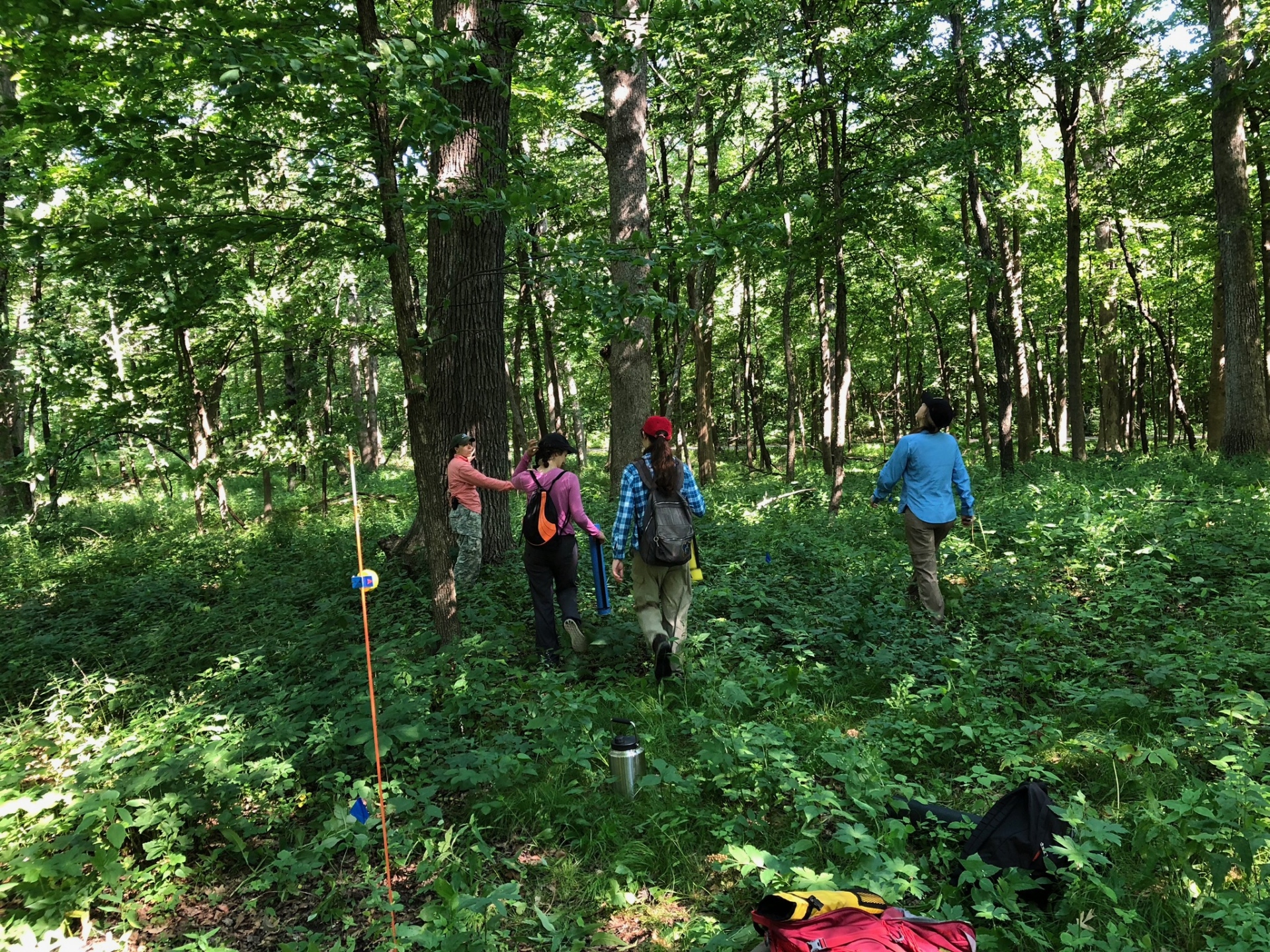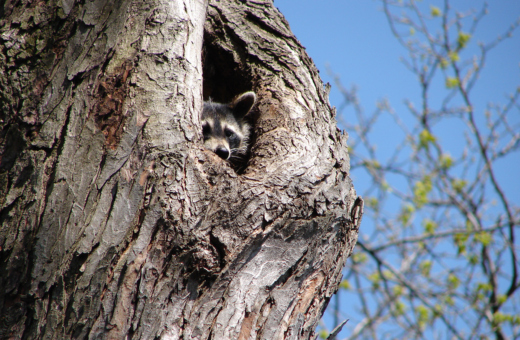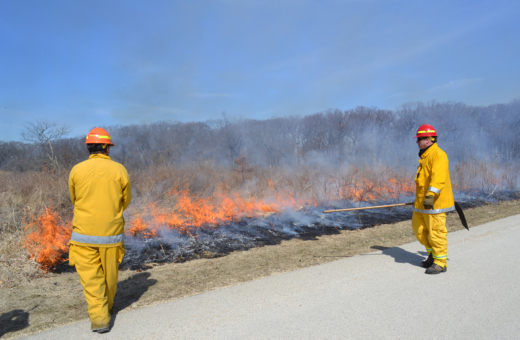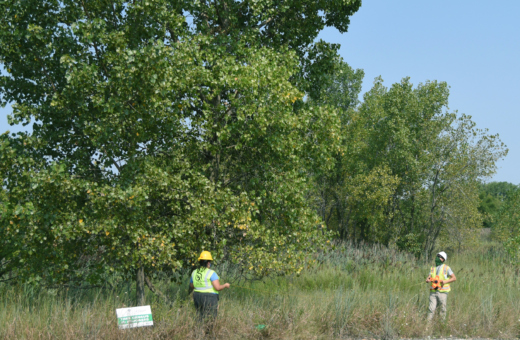To you, a tree is a thing of beauty: the spring green high in its branches, its flowers, the emerald green summer shade, the red and yellow leaves that light up the autumn landscape.
A tree is a joy to a scientist too. But it’s also data. Scientific training is a special lens. When Andrew Hipp, PhD, who studies tree evolution, looks at a tree, he sees deep into time and far across space. “I see it not just as an individual, but as a slice of the history of the species,” he says. “The genes found in a single leaf can be a clue to the story of how many oak species have evolved and diverged across continents over millions of years.”
Every Arboretum scientist who looks at a tree sees big questions. “The habit of science entails thinking about a big question by breaking it down into smaller questions you can test,” Hipp says. Every leaf, twig, or seed may have an answer. When Sean Hoban, PhD, tree conservation biologist, looks at a tree, he notices its seeds, “like little space capsules, each stocked with a food supply, whose shape and form are adapted to help the seed move to a new location to grow into future trees.” He studies how seed dispersal helps species and communities thrive.
A root biologist like Luke McCormack, PhD, is visualizing what we can’t see—the vast, complicated structure of roots that grow in the soil under feet. His challenge in studying how roots grow is to watch and measure something that happens in the dark, beneath the ground.
Christy Rollinson, PhD, forest ecologist, looks to tiny buds to answer urgent questions. When they open this spring to let the leaves inside unfurl, will it be earlier or later than in years past? By comparing bud data from thousands of trees of different species, Rollinson is trying to understand how the changing climate is affecting trees and forests, now and in the future.
Arboretum scientists love trees. “I still have the excitement and delight of anyone seeing a beautiful tree,” Hipp says. “The other layer, the layer that comes from being a scientist, is the awareness of what’s unseen.”



